 "Rock Bottom" (rockbottom81)
"Rock Bottom" (rockbottom81)
06/27/2016 at 15:23 • Filed to: None
 3
3
 9
9
 "Rock Bottom" (rockbottom81)
"Rock Bottom" (rockbottom81)
06/27/2016 at 15:23 • Filed to: None |  3 3
|  9 9 |
I’m a huge fan of wind tunnels. I’ve been working in them for a significant portion of my professional life, starting in the government sector, now in the automotive industry. I was recently gifted a few interesting documents on the early days of full-scale automotive wind tunnel testing, so I figured I’d share some bits. These are all from a few really old SAE papers from the 60s, so I suspect that if you spent some time with the Googles, you can probably find better pics. Sorry for the grainy quality!
First up are a couple pics from Ford. The first is from 1937, the second from some time in the 1960s. Below them are a few showing the layout and machinery.
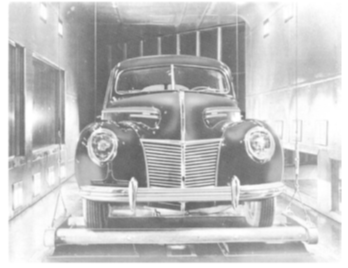
1937 Ford Test
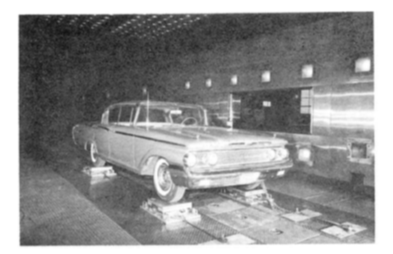
1960s Ford Testing
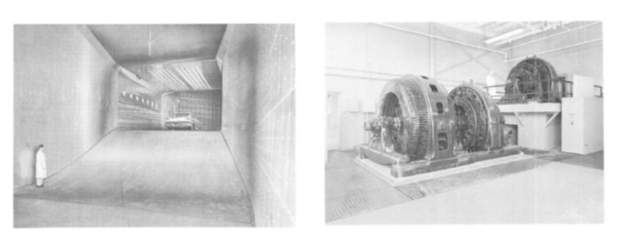
Ford wind tunnel pipc and equipment in the 1960s
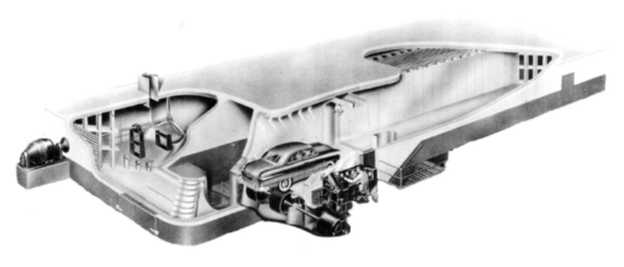
This is a diagram of the first full-scale wind tunnel Ford built. That blockage ratio hurts!
Around the same time, the Germans built a tunnel to do full-scale automotive testing. As near as I can tell, they started operations in 1939. Incredibly, it survived WW2 intact! Here’s a couple pics of their early tunnel in the post-war period:
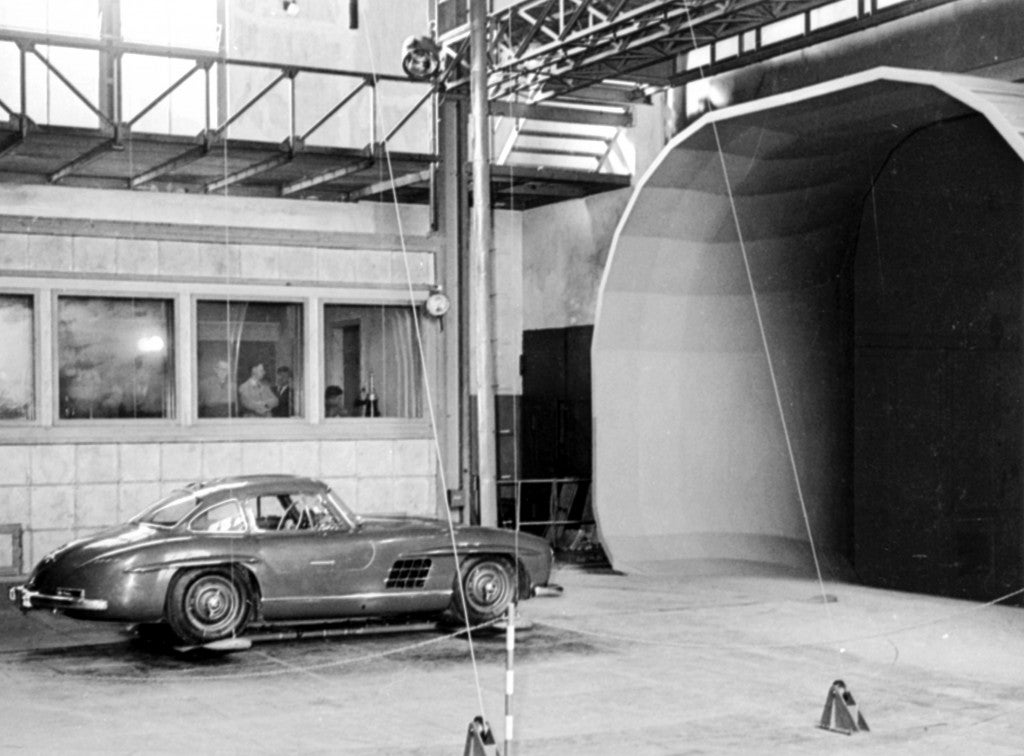
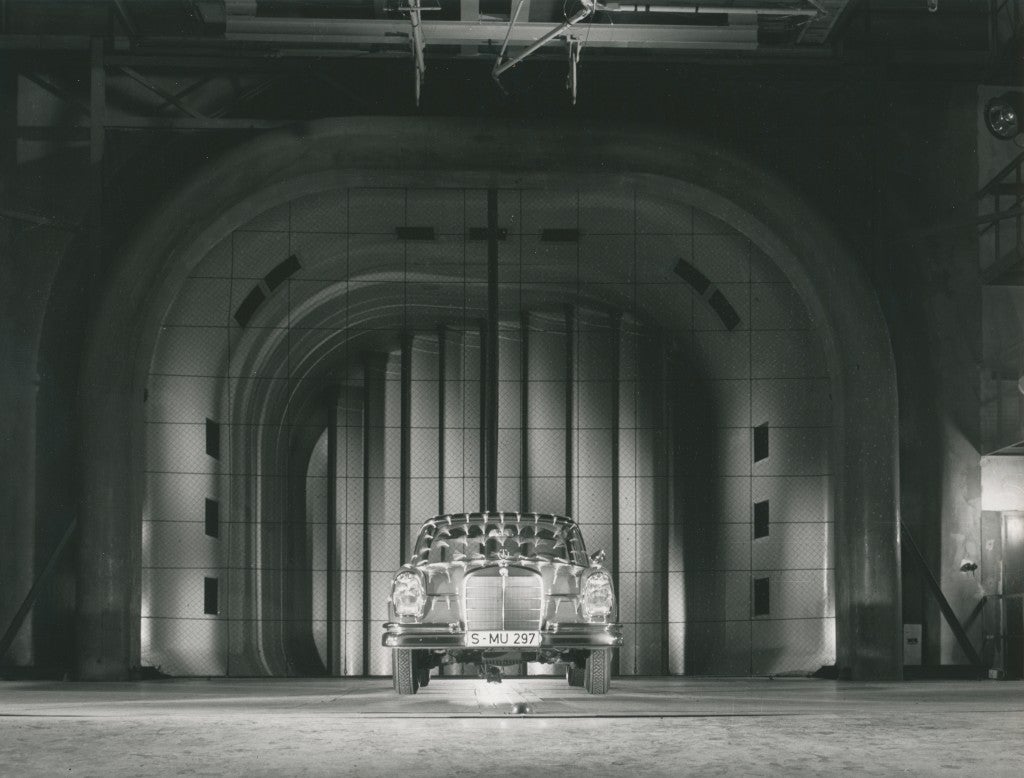
For comparison, here’s a pic of what full-scale automotive wind tunnel testing look like today:
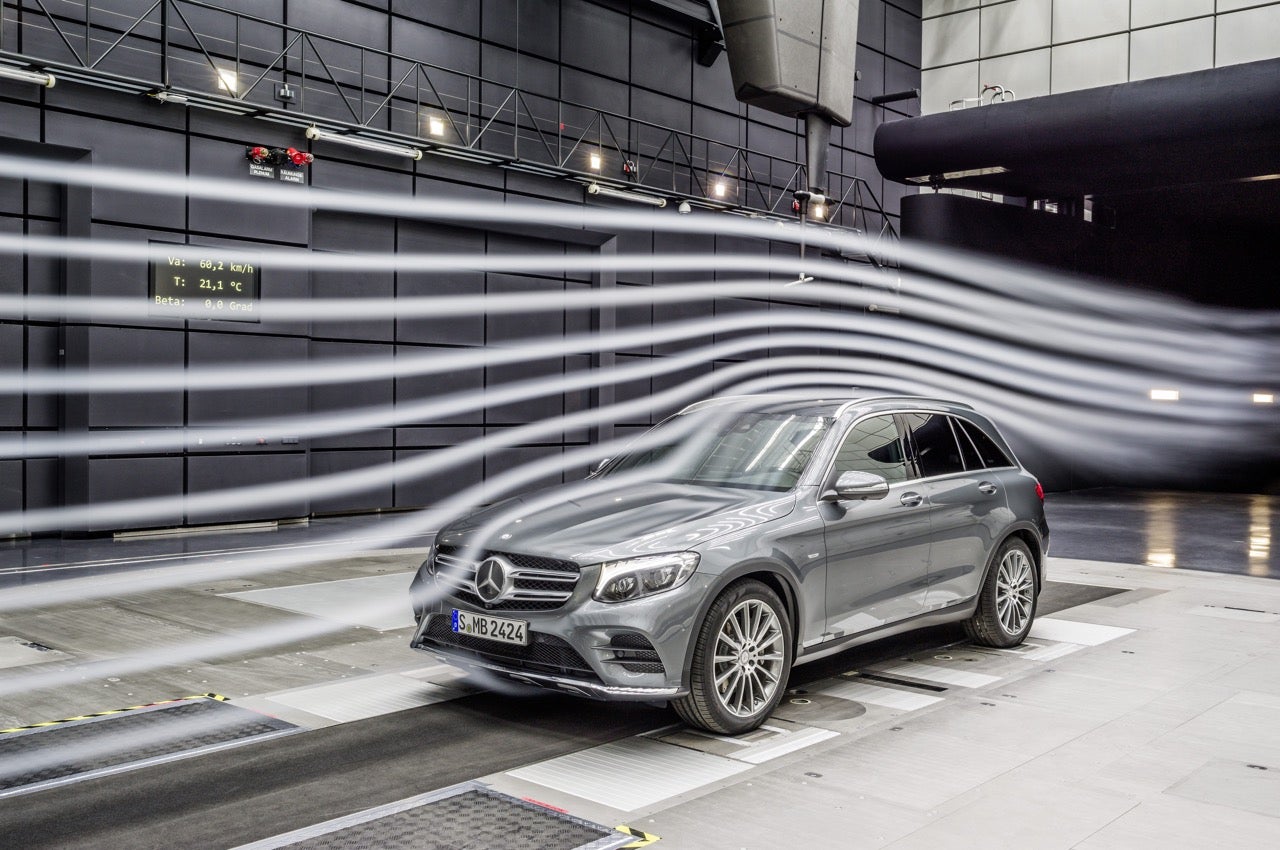
 Patrick Nichols
> Rock Bottom
Patrick Nichols
> Rock Bottom
06/27/2016 at 15:35 |
|
For the uninformed, what is blockage ratio? Is it how much of the space is taken up by the crossections of the car? I’d imagine that could probably skew results with the air interacting with the surrounding walls but what do I know.
 BvdV - The Dutch Engineer
> Rock Bottom
BvdV - The Dutch Engineer
> Rock Bottom
06/27/2016 at 16:10 |
|
Interesting!
I had to read a lot of SAE papers, and procedings of SAE conferences, from the 60s onwards for a course at university. It is really interesting to see what the engineers expected to be the future back then, and to see how they realised they were wrong just a few years later.
 Rusty Vandura - www.tinyurl.com/keepoppo
> Rock Bottom
Rusty Vandura - www.tinyurl.com/keepoppo
> Rock Bottom
06/27/2016 at 16:12 |
|
That Mercedes looks like it has the aerodynamic properties of a brick.
 briannutter1
> Rock Bottom
briannutter1
> Rock Bottom
06/27/2016 at 16:17 |
|
Great piece of writing and I think you should expand upon it and offer it for publishing. One of the greatest days of enlightenment in my life was switching around configurations on a standing mile EVO 3 at the A2 tunnel.
 Rock Bottom
> Patrick Nichols
Rock Bottom
> Patrick Nichols
06/27/2016 at 17:40 |
|
Sorry, yes the blockage ratio is the frontal area of the car divided by the cross sectional area of the test section. You’re correct, having too big of a test article for the tunnel makes the data go wonkey! A good rule of thumb is to keep the blockage ratio under 10%, though with some mathematical trickery you can push that a bit.
 Rock Bottom
> briannutter1
Rock Bottom
> briannutter1
06/27/2016 at 17:53 |
|
Have you ever considered buying time in a larger tunnel, like WindShear or Lockheed? I’d be curious to know how well A2 correlates to the larger facilities. Sometimes a small tunnel can cause changes to the rear of the car (spoiler and diffuser, for example) to not react the same as they would on the road. Just a thought!
 briannutter1
> Rock Bottom
briannutter1
> Rock Bottom
06/27/2016 at 23:11 |
|
It would be great, but out of my price range unfortunately.
 Patrick Nichols
> Rock Bottom
Patrick Nichols
> Rock Bottom
06/28/2016 at 06:49 |
|
Cool sounds like you have a fun job
 Patrick Nichols
> Rusty Vandura - www.tinyurl.com/keepoppo
Patrick Nichols
> Rusty Vandura - www.tinyurl.com/keepoppo
06/28/2016 at 06:52 |
|
Save a few of the two sweaters, I think Mercedes was okay with the whole rolling brick idea through the early 90s